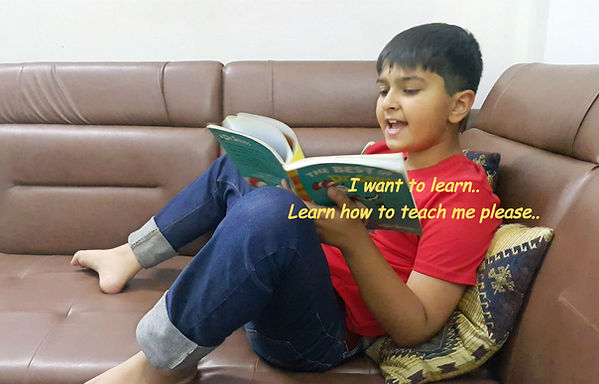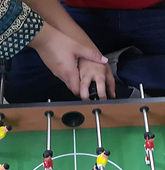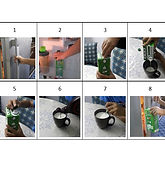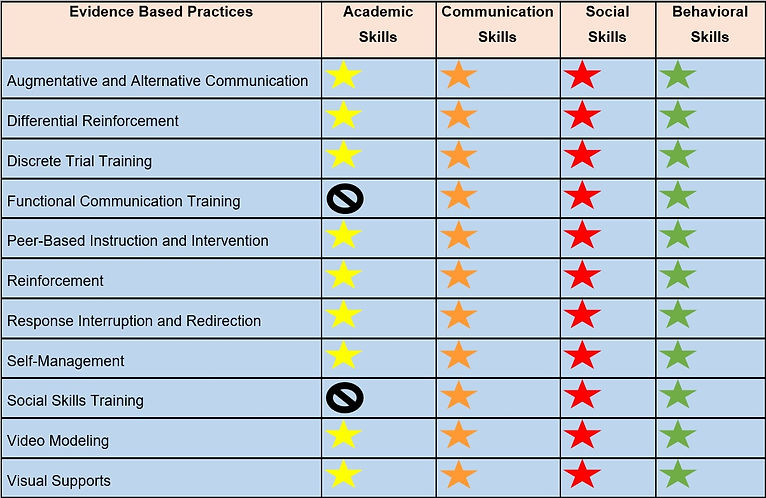
Education of Children and Youth with Autism Spectrum Disorder

What is Structured Teaching?
Structured Teaching is a system of environmental supports and instructional strategies. Structured teaching utilizes a visual mode to help learners with autism spectrum disorder understand their environment, tasks and daily activities. Children with autism are often visual learners. Structured Teaching capitalizes on this unique aspect and thus enhances learning and decreases frustration for children on the autism spectrum.
Why use EBPs in the management of ASD?
The use of fads and pseudoscientific treatments waste precious time and resources. Early cost–benefit analysis has estimated that early intensive behavioral intervention can save more than $2 million over the life span of a child on the autism spectrum (Jacobson, Mulik, & Green, 1998).
What EBPs are most commonly used (Foundational EBPs)?
Prompting
Prompting is any assistance provided to learners to help them in acquiring or engaging in a target behavior/skill. There are five primary types of prompts: physical prompts, modeling prompts, verbal prompts, gestural prompts and natural prompts (Boutot, 2017).

Reinforcement
Reinforcement means to increase the likelihood that a particular behavior/skill will occur again by presenting the learner with a desirable stimulus whenever the learner displays that particular behavior/skill.
A reinforcer can be a desired object, activity, food or verbal/social praise.

Task Analysis
A process in which a behavior/skill is broken down into small, manageable steps in order to teach the behavior/skill.

Want to learn about some other common EBPs?
Discrete Trial Training (DTT)
DTT is based upon the principles of applied behavior analysis (ABA). In DTT a behavior is broken down into discrete steps called "single teaching unit" or "learning trails". DTT utilizes teacher-centered instruction, massed trials, discrimination training, prompting and reinforcement to teach a new response to a stimulus.
Peer-Based Instruction and Intervention (PBII)
Peer social interaction is the defining feature of PBII. The peer of the learner may be a neurotypical child of the same general age or a sibling who has received coaching from an adult to provide social initiations in a way that aid the learner with ASD to learn the target skill. An adult may oversee the structured social interaction and provide prompts and reinforcement for the learner and his/her peers.
Video Modeling
Video Modeling utilizes video technology to teach a target behavior or skill. Types of video modeling are adult or peer as video model, video self-modeling, point-of-view video modeling, video prompting and video feedback (NCAEP, 2020). Task analysis, prompting and reinforcement are often used with video modeling.
Visual Supports
Visual supports are concrete cues that provide learners information about an activity, routine or an expectation and/or support skill demonstration (NCAEP, 2020). Visual supports are often combined with other EBPs.
What skills can be taught via different EBPs?

(Data compiled from NCAEP 2020 report)
What does Self-Determination mean to an individual with ASD?
When we consider teaching individuals with ASD our expectations, stereotypes and biases impact our efforts regardless of whether we are in a professional role or a family support role. These expectations, stereotypes and biases we carry act as barriers for the learners with ASD.
"We (people with disabilities) don't have to be told what self-determination means. We know it is just another word for a life filled with rising expectations, dignity, respect and opportunities."
Robert Williams
Want to find out more about ASD?
To learn more about Autism Spectrum Disorder click the page buttons:
-
ASD Intro : Introduction to Autism Spectrum Disorder
-
ASD Methods : Education of Children and Youth with Autism Spectrum Disorder
-
ASD Assessments: Application of Assessment Information for Children & Youth with Autism Spectrum Disorder
-
HFA : Methods for Learners with High Functioning Autism Spectrum Disorder
-
Resources: Resources for parents, family members, doctors, paraprofessionals and educators
-
References: References of the information provided in this website